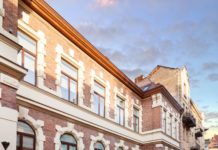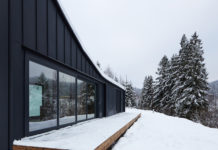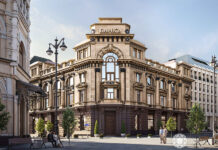The first publication in a series devoted to the prerequisites of the design revolution in the Soviet Union and the emergence of the concept of “interior design” in our country: the Philistine interiors and how drastically they differed from the diplomatic apartments in the same Moscow the same time.
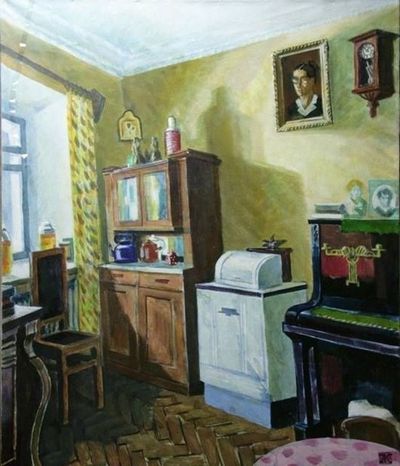
On the photo: Krasavin, Alexey Nikolaevich (Russia, 1956 ) “my grandfather’s House” picture. Image from the site softmixer.com
Furnished apartments in Moscow before the collapse of the Soviet Union
Now it is difficult to imagine, but at the end of 1980-ies of the word “design” and “interior” is not used — the expression “furnished apartments.”
Furnished, and the apartments were stereotyped and consisted of pieces of furniture that is bought for money (Czech “wall”), or literally born from the garbage. The trash got the furniture settled communal flats. These grandma’s cupboards, round tables, wall clocks, and wardrobes became the first profitable investment since the Soviet Union.
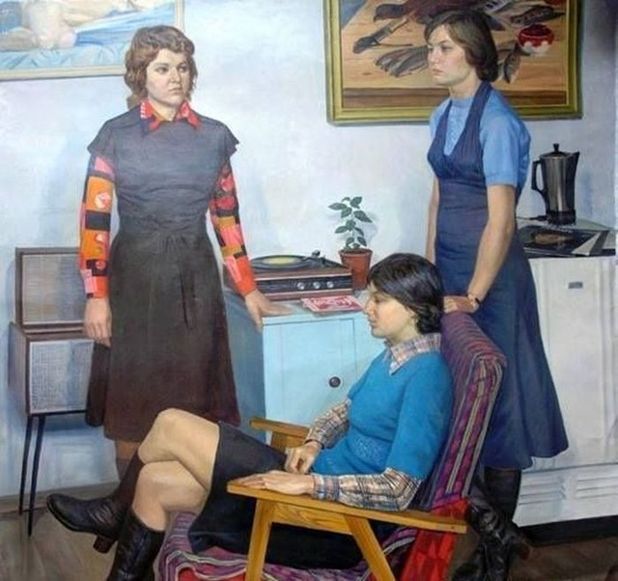
On the photo: Nevzgodin Anatoly Nikiforovich, “Friends” 1977, picture. Image from the site softmixer.com
“Eternal” style of the 60’s
About this situation we’re talking “in the style of 60-ies”. But, as the furniture in the Soviet Union purchased very rarely, and then never changed sixtieth in our country continued in the 1970s and 1980s, and on up to the present time. For example, such chair, as the figure that was in every apartment, and now you can often meet them in the garbage.
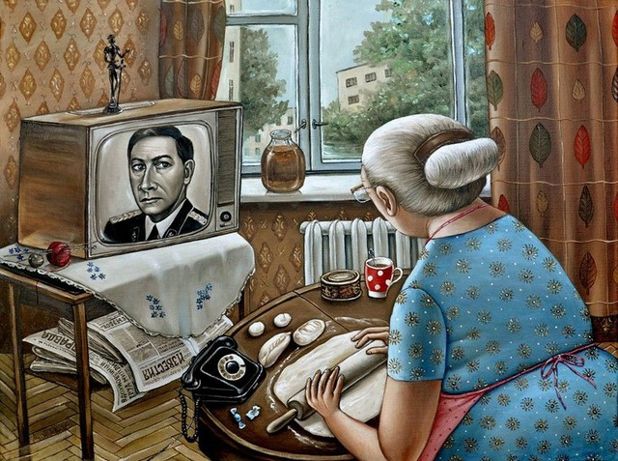
Photo: Picture of Angela Jerome (anqil.arts.in.ua/gallery) from the series “nostalgia for the Soviet Union”
In every Soviet apartment was a parquet floor in a herringbone pattern, Wallpaper, diamond, cast iron radiator and window view to the next “five-storey building”.
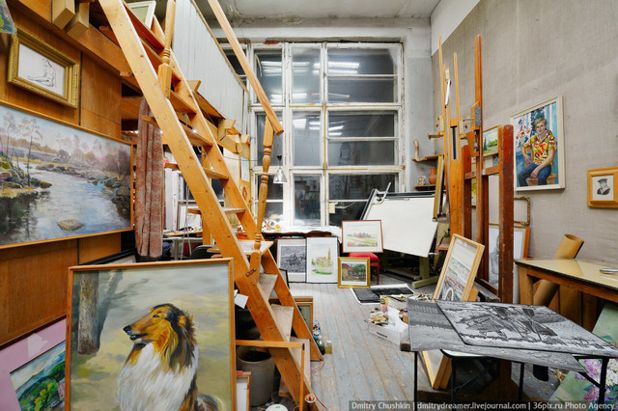
The phenomenon of creative workshops
But there was another type of premises, to be in demand any Moscow girl of the 1980-ies. It’s artists ‘ studios: big or small, on the mezzanine or first floors, and even in private mansions in the center of Moscow. To rely on the workshop could only members of the Union of artists.
Unusual space filled with unfinished paintings, unfinished bottles, of forgotten things and strangers boho look was attracted by casual negligence. Workshops have always settled down and served as a place of random and non-random meetings with interesting people.
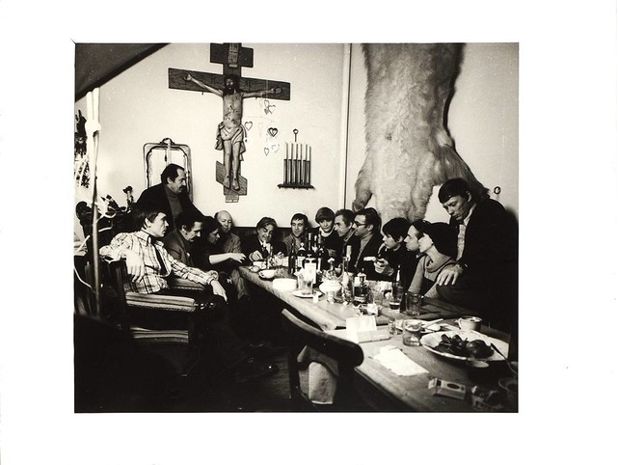
Photo: Feast in the Studio of Boris Messerer in the street thieves ‘ (Cook), 20 — in the company of the creative elite of that time. Photographer Valery Plotnikov, the image from the site sb.by
Workshops in which I stayed, were modest, and the size and composition of the audience, but they in the late 80-ies of the steel checkpoint in the Western world.
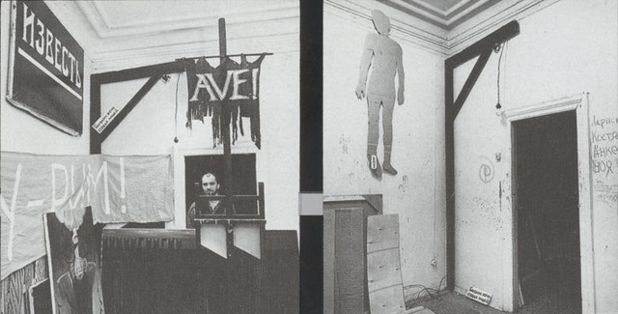
Photo: a Squat on Furmanny pereulok, 18. Photo from “Youth subculture in the USSR” kompost.ru
This house, unauthorized occupied by artists for workshops, which lasted from 1985 to 1991, was not only a pioneer of this style, but also the first and almost the only successful commercial project on the promotion of Soviet art to the West.
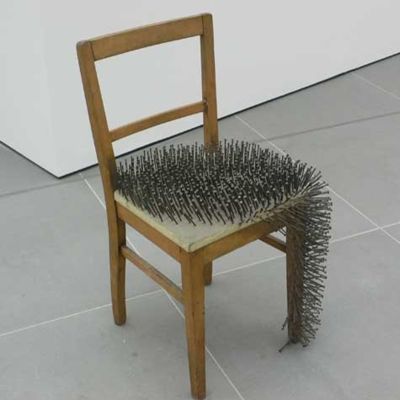
Photo: GÜNTHER Uecker — CHAIR II, 1963, nails on wood, 87х47х45 cm, collection of Uecker. Image from the site creativepool-compensis.de
Contemporary art as a challenge
The consciousness and desire of the Soviet man sought in the opposite direction. All “foreign”, resume the forbidden fruit, caused rapid acceptance and thirst of possession. In 1989 in Berlin the wall is destroyed, and Muscovites was first introduced to Western conceptual art: an exhibition of Gunter Yukkera.
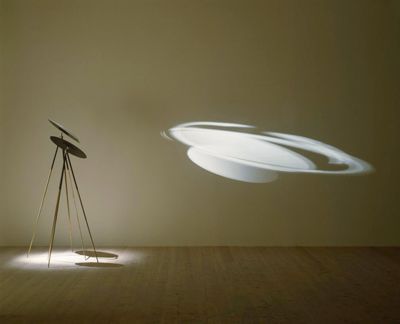
Her exhibition of German conceptual artist Jacob Mattera in 1990, the play of light and no decoration.
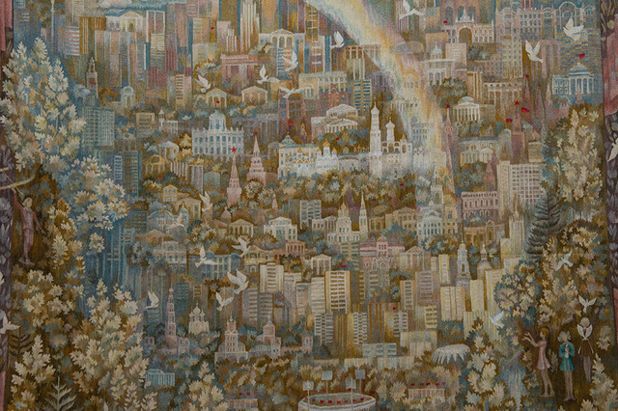
Photo: the Gobelin “Moscow holidays” created by Alla Shmakovo. Image from the site kudago.com
“Against the backdrop of the stunning innovation of avant-garde exhibitions, which have recently descended on the city audience, — says the magazine Decorative art of the USSR, 1990 — exhibition “Moscow tapestry: evolution not revolution” at the Kuznetsk bridge could remain unnoticed. Missed it due to the short term bad publicity, and most importantly — her “newsensations””. And this review of the losers.
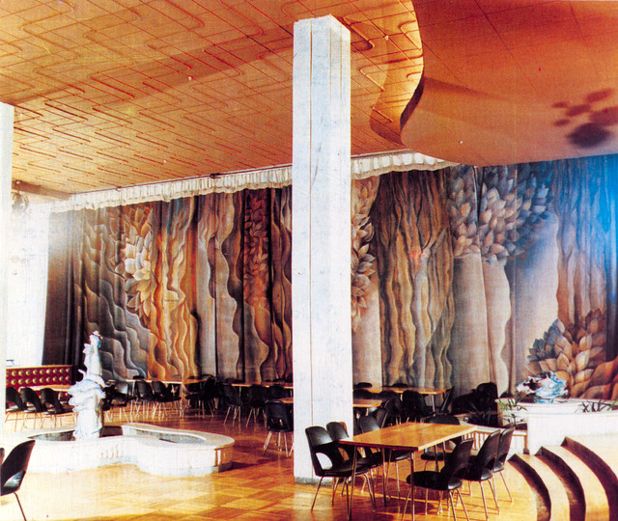
Outstanding public space rejected by his contemporaries
In Moscow still preserved public interior using marquetry, mosaics and tapestries of high artistic quality. Now they are able to evoke nostalgia.
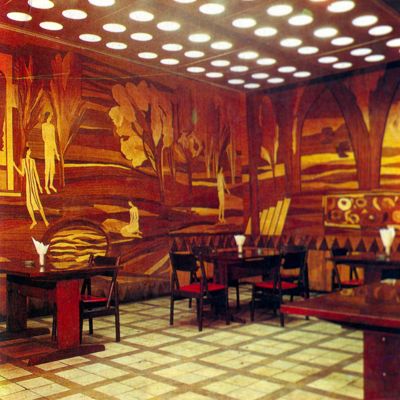
But in the late 1980’s-early 1990-ies the rejection of everything Soviet was so acute that Western decorative arts (read “interior design”) marched triumphant March and seized all minds, and, in consequence, and markets. Because what will later be called capacious word “renovation”, has always existed in our dreams as a sign to the other one — a nice and beautiful life.
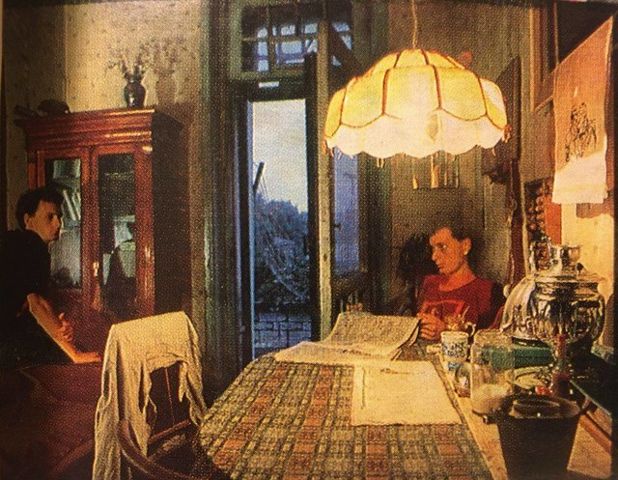
The first attempts of renovation
Igor Seidel, an artist now living in Berlin, and in 80-e years the party of the squat on Furmanny (photo was a collage of the time), I’m sure that the first renovation took place in Moscow in his apartment in five-storey Khrushchev in Belyayeva, in 1987.
“My mom’s friend, the Frenchman, was brought to Moscow by French magazines on architecture. There I took advanced ideas, threw away all the old furniture, leaving only a few chairs and pillows on the floor, painted the walls white. About the last of the workers had to be persuaded, as in their opinion the white color of the walls was only possible in the hospital.”
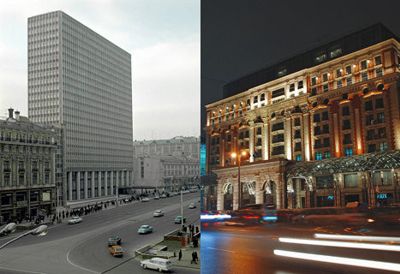
European style apartments for diplomats
Indeed, in Moscow, the European style of the apartments was made before the advent of capitalism. Born in the Soviet Union know that the life of the foreigner was different from the life of other citizens. Foreign tourists were staying in a hotel “Intourist”. Representatives of diplomatic missions — embassies or in apartments owned by the Management of the diplomatic corps under the foreign Ministry of the USSR. It was a ghetto on the contrary — Euroasia in Soviet Moscow.
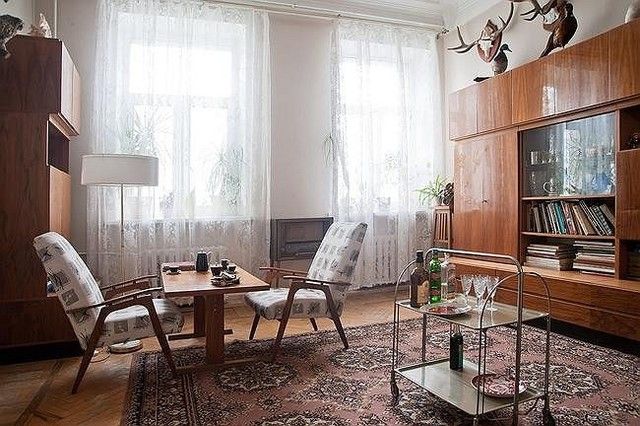
Apartment Alexander Kuptsov and Catherine Saburovo in a house on Kotelnicheskaya embankment. Photo: Alexei Naroditsky for the project “Morphology of Soviet apartment: a field study“, curator Artyom Dezhurko
My friend Olga says that in the apartments of foreigners in the late 80-ies of the smell “abroad” in the literal sense. It was a mixture of the smell of good cigarettes, expensive perfume and washing powder. Even powder the inhabitants of disector bought in a special shop. “White walls, compact chair with wooden armrests, no heavy curtains. It was like that now nazyvaetsya Scandinavian style, though with an admixture of Soviet furniture.”
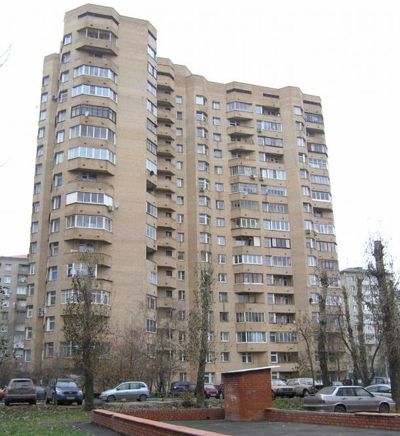
Vavilov street, Serpukhov Shaft, a Central Moscow, Leninsky prospect, Kuntsevo, Russia — there were houses, some apartments which were constructed to accommodate employees of embassies.
Repair and decoration was allowed only to foreign experts.
First at the architectural-construction market in Moscow came the Danes and the Austrians.
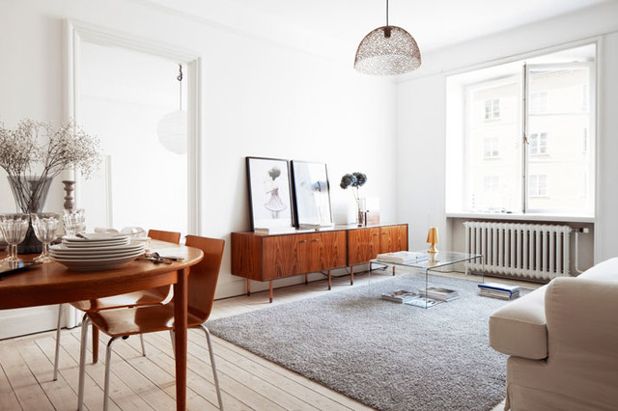
Architect Anastasia Stenberg in 1989, worked in the company “Scanfloat” — a joint Soviet-Danish company, spun off from the Danish company “Danish repair”.
“Managing the diplomatic corps belonged to the apartment as a whole the entrance of the house, or on one of the floors. We have combined the available apartments and adapted them to European standards.
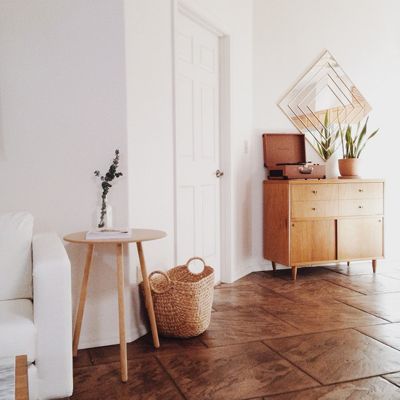
Our customers were canadian, Singaporean, Israeli Embassy, the Australian Embassy (mansion Schechtel) we designed and built detached office. All repair was carried from Denmark: furniture, plumbing, fixtures, doors, Windows, paint for the walls, carpet. Miles of carpet — he was popular. In Moscow, there was nothing,” recalls Anastasia.
Soviet reality by the efforts of foreign architects and builders turned into living space, familiar to the European. It is, in fact, was renovated, yet without additional semantic connotations.
IT’S YOUR TURN…
I, as a practicing interior designer, long interested in the post-Soviet apartments. Interested in professionally preparing for publication a monograph on the interiors of the era. Over the years, our team collected a lot of material, but the question still remains open. Because I would be glad for any professional comments of the architects, add-ons and your personal memories about the interiors of the discussed period: share in the comments below each article!


